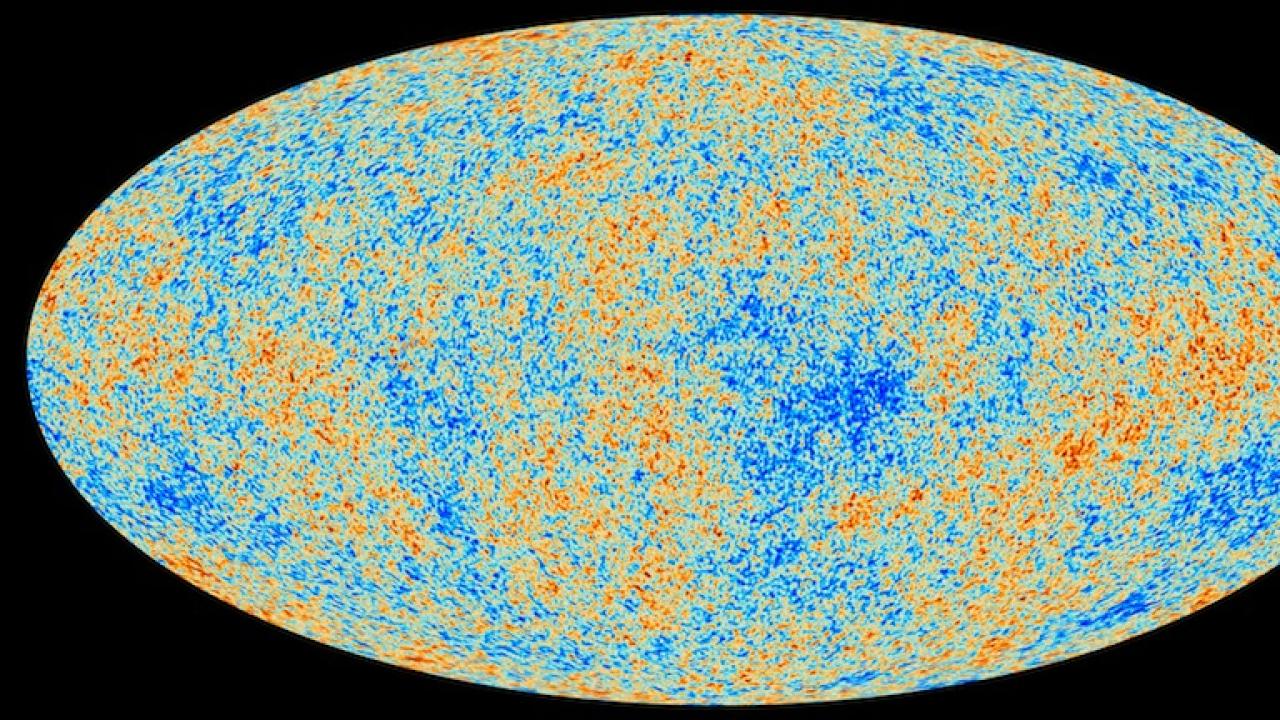
Scientists now have more precise information about the age, contents and origins of our universe, thanks to results announced 21 March 2013 of the European Space Agency's (ESA) Planck space telescope observations.
Those observations, collected over 15 months, were compiled into a colourful map of cosmic microwave background (CMB) radiation, showing the oldest light and fluctuations in temperature that were imprinted on the deep sky when the universe was about 370,000 years old. The map offers the highest resolution picture of our universe to date, and challenges theories in cosmology, including that of inflation, the violent and rapid acceleration of the universe that occurred right after the Big Bang.
Paolo Creminelli, research scientist at ICTP's High Energy, Cosmology and Astroparticle Physics section, says that the Planck experiment is a pinnacle of human achievement. "There was no question of second chances in this experiment," he says. "Everything from the launch of the satellite to obtaining data had to be precise, and it was. In fact, one can say the experiment went better than planned."
Creminelli, whose research interests include inflation, in particular non-Gaussianity, and alternatives to inflation says that with the Planck results out we know all the cosmological parameters better than before. "The experimental results are so precise that they will possibly remain state-of-the-art for the immediate foreseeable future," he says.
Theoretical cosmologists have described the universe using the Standard Model of Cosmology, and the Planck results are consistent with this model. "The data has allowed us to rule out many complex inflation theories in favour of simple ones," says Creminelli. "So, while we know our universe with a precision like never before, the results do not reveal anything remarkable."
However, Creminelli points out that there are points which need better explanations. "Large-scale anomalies need to be better understood. For one, the CMB map shows an asymmetry in temperature over the two hemispheres of the universe and we still do not understand this completely," he says. "Also, we need more clues to figure out what is going on in the universe in terms of non-Gaussianities," he adds. The fluctuations of the CMB are known to be approximately Gaussian, i.e., each fluctuation behaves independently of the other (and Planck results confirm this). However, most theories predict some level of non-Gaussianity, which means the fluctuations communicate with each other, and this needs to be further investigated.
The complete Planck results, including the polarization of the CMB, are expected to be published in 2014.













